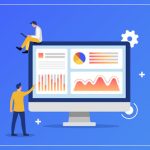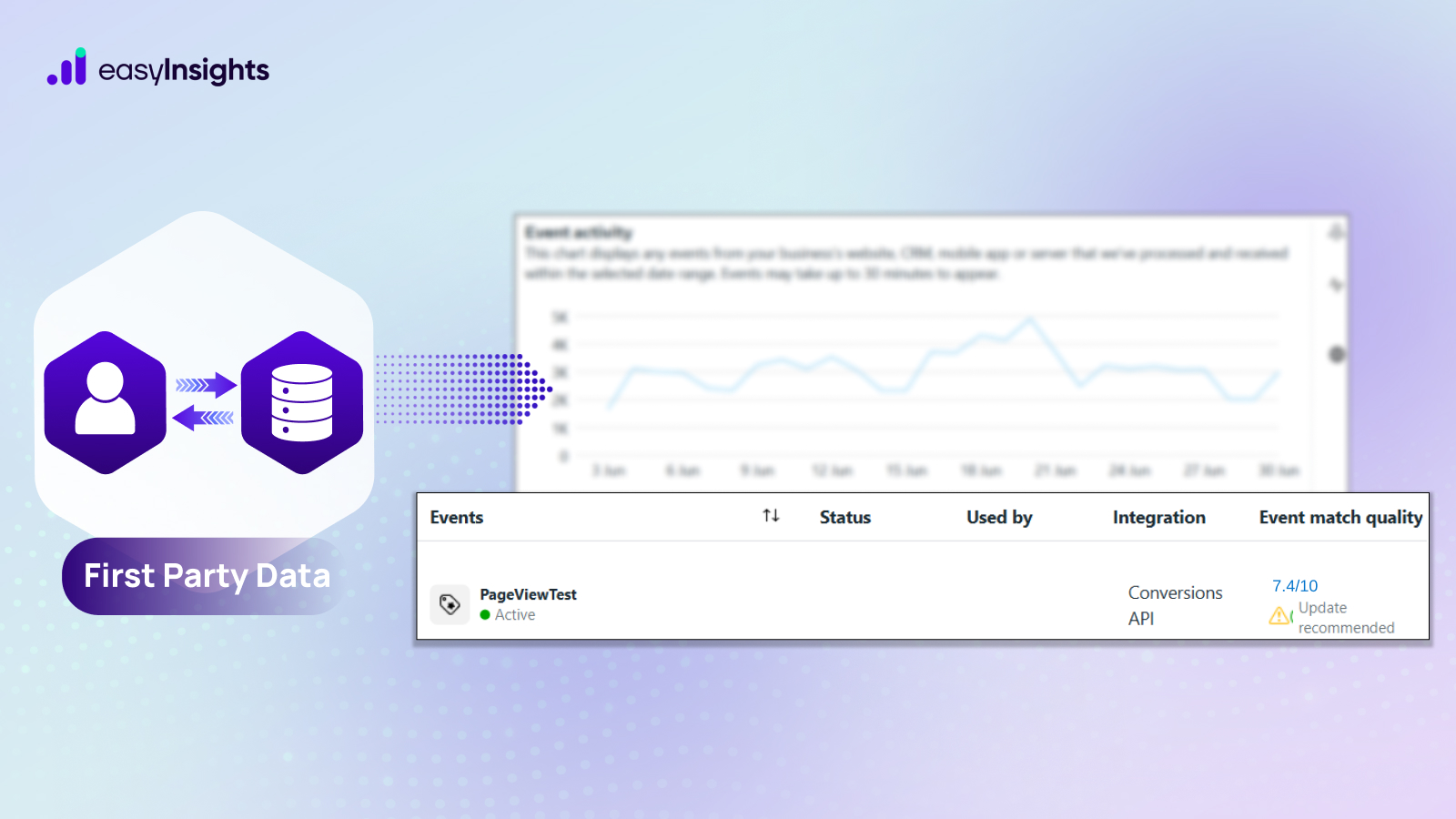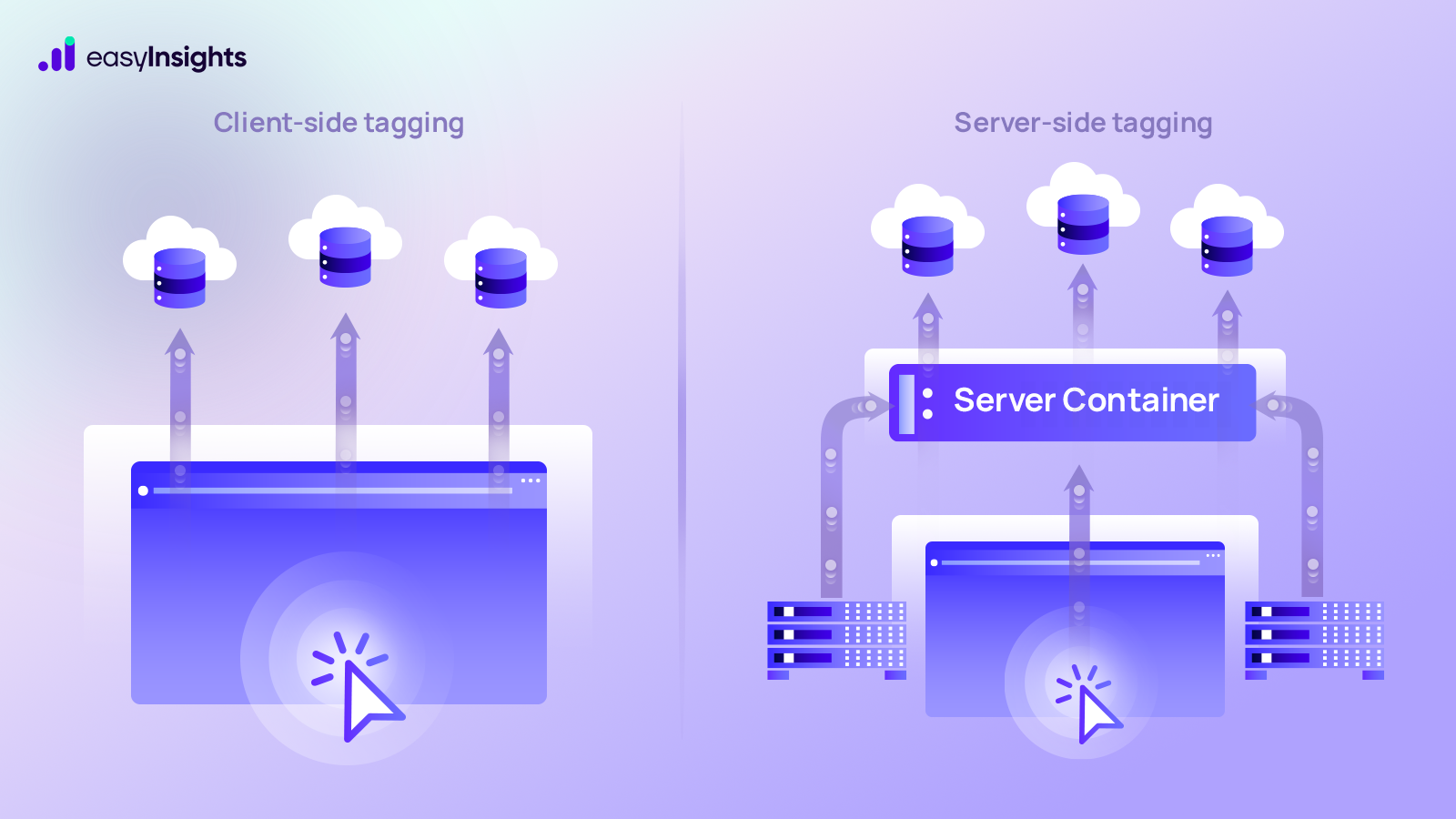
The efficient and clear communication of data through graphics is called data visualization. Both an art and science, data visualization involves systematic mapping that determines the visual representation of data and the properties of graphic marks that will reflect changes in the data value. Through plots and statistical and information graphics, a quantitative message is conveyed visually.
Jump ahead to:
Data Visualization and Marketing
Data visualization makes data analysis easier by making it more usable, accessible, and efficient. It makes the measurement and comparison of data smoother. It streamlines and reduces data traffic, saving a lot of time and energy that, otherwise, goes behind processing data. It frees data from noise, complexity, and unnecessary detail by creating efficient delivering mechanisms. It distills data by appropriate grouping and analysis. Data visualization emphasizes the most important data. It helps marketers steer their strategy by helping them determine the right content. It makes data more interesting and understandable and has become the need of the hour in finance, marketing, education, government offices, service industries, and consumer goods.
Data Visualization Tools for Marketing
Data visualization tools make the creation of a visual representation of large amounts of data easier. With the help of charts, graphs, tables, infographics, dashboards, and maps, data can be represented very efficiently. The best tools for data visualization are:
Tableau and Tableau Public:

Tableau is the fastest growing, powerful data visualization tool. With features like data bending, collaboration of data, and real-time analysis, tableau is used at multiple professional levels.
Tableau offers a free public option, server, or hosted online version and even a desktop app. It creates visualization in the form of worksheets and dashboards and allows the designer to create color-coded maps. It does not require the user to have any programming skills and provides numerous data import options.
Tableau public is free for anyone to use and has extensive options for visualizations and infographics.
However, the paid version of tableau is very expensive and the free version does not have the option to make data analyses private.
Microsoft Power BI:

Power BI, by Microsoft, is a cloud-based data visualization tool. It is a collection of interactive, attractive, and intuitive data tools and has multiple data warehouse capabilities. Its affordability puts it in an advantageous position as compared to other tools. Publishing reports on the cloud using Power Bi services is cheap and the desktop version is free. It offers a wide range of custom visuals- that are made for specific use and to serve the needs of developers or designers- like charts, maps, graphs, etc. It serves the option of excel integration using which one can view their data in Excel as spreadsheets or in tabular form. It allows the import of data from a wide range of sources like Azure clouds, Microsoft excel and permits direct access to Big Data sources. It receives upgrades from Microsoft every month and allows developers to embed Power bi reports in other apps and provides the ‘personal getaway’ tool to authenticate data sources outside the firewall.
However, Power Bi is not reliable while handling relations between complex tables and the free version has a limit to ingesting data. The DAX formula it uses is complex and non-user friendly and is run by rigid formulas. Multiple icons that hinder the view of the dashboard and its user interface is often crowded.
Google Data Studio:

It is the free reporting solution from the Google Analytics 360 Suite that facilitates the transformation of data into custom reports from external sources. It allows users to venture beyond the dashboards of Google analytics into a variety of customizable data widgets like table pagination and column sorting.
Data Studio contains unlimited tables and pages and to customize, users can label them by theme or category. It allows adding of notes and comments to highlight important points in reports. As the connection is in between Data Studio and Google services, the accessibility and speed is its hallmark. Users can simply copy and paste iframe snippets to integrate dashboards that save the audience the hassle to log into Data Studio.
However, Data Studio has limited visualization options. The automation of delivering data weekly, daily, monthly, or quarterly is absent and reports can be read-only online. Data blending is impossible as Data Studio supports only a single data source. Importing data is difficult so users may need developer services. It works seamlessly only on Google data services and that is very limiting in terms of connection.








